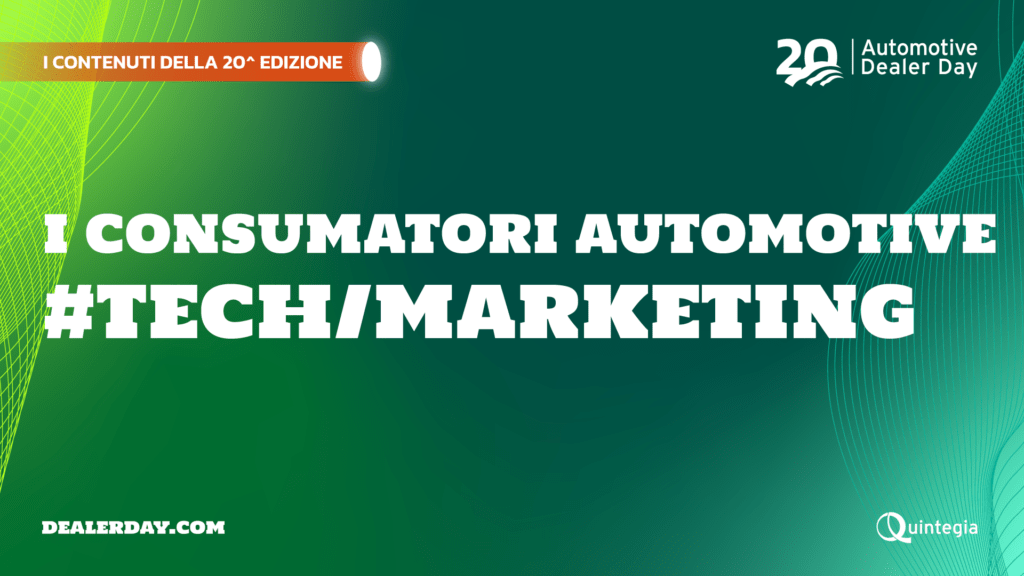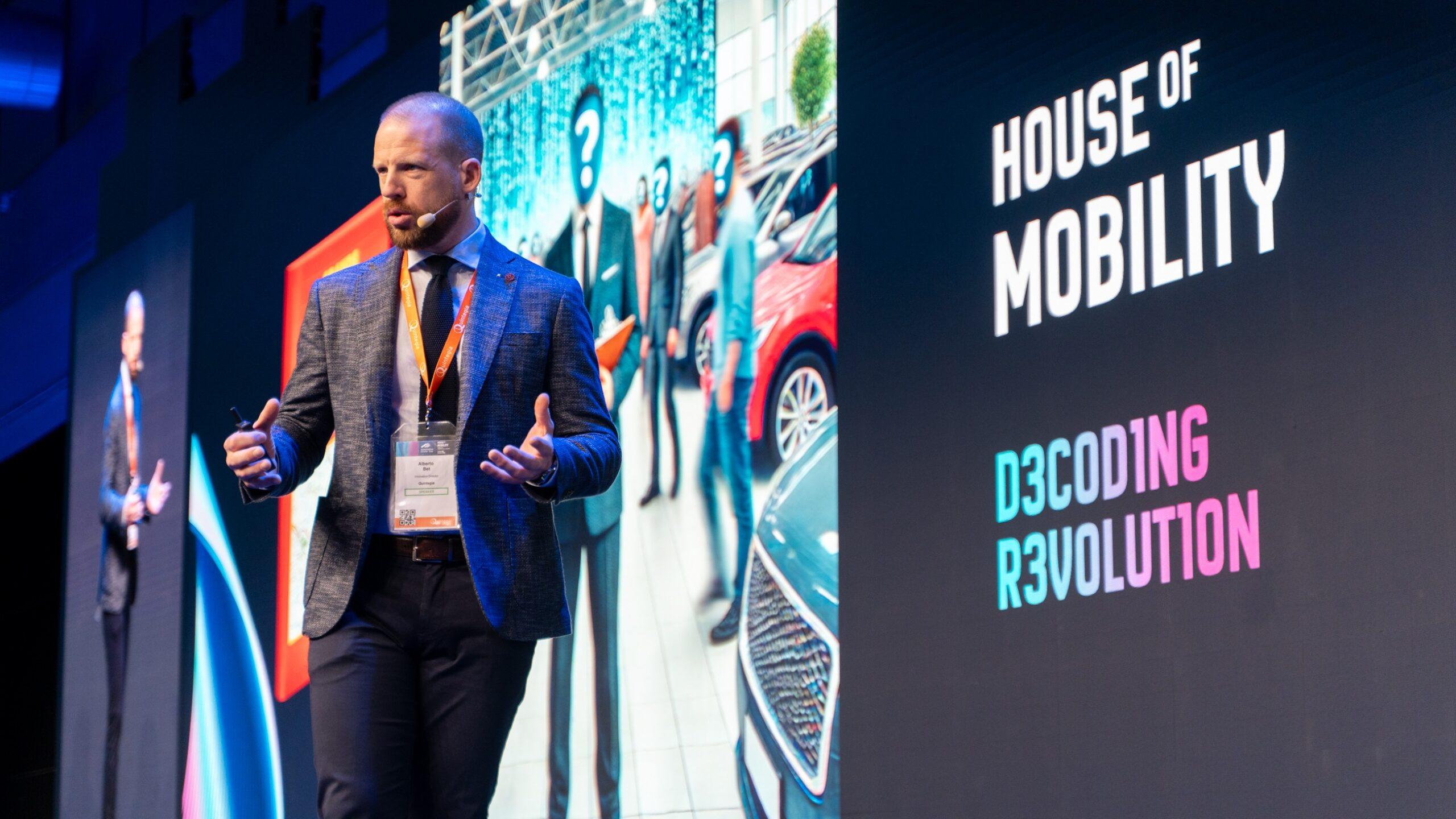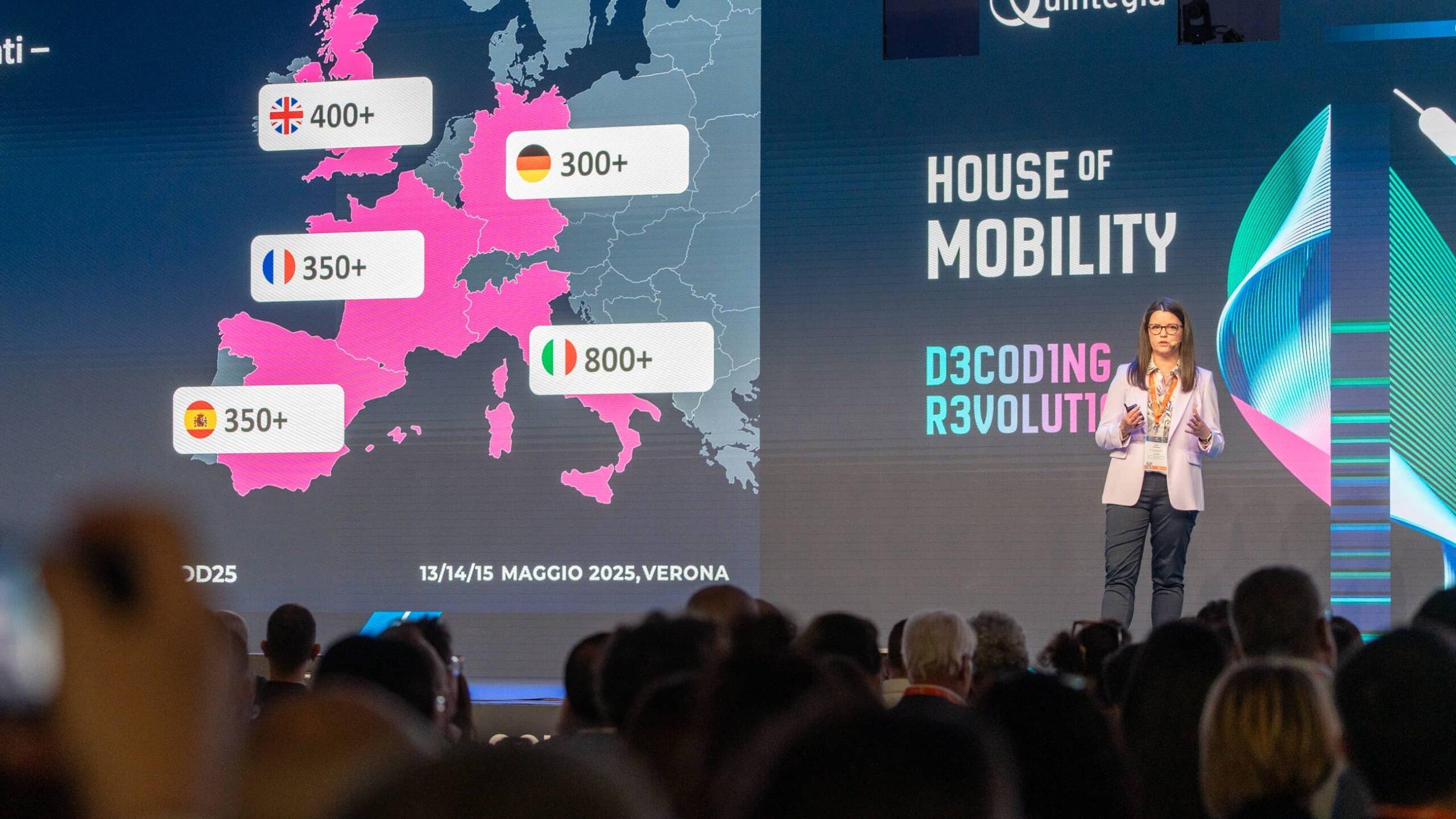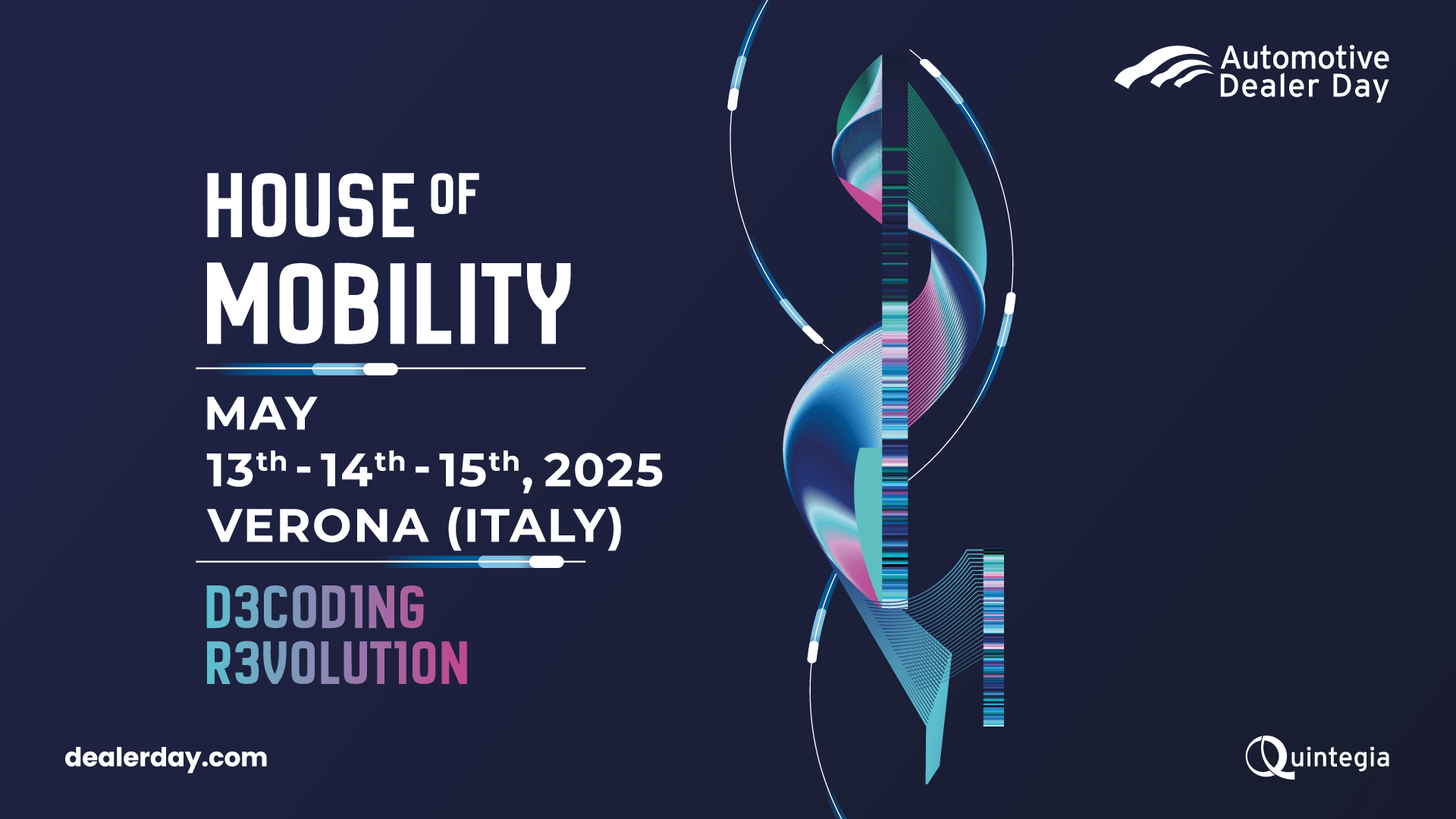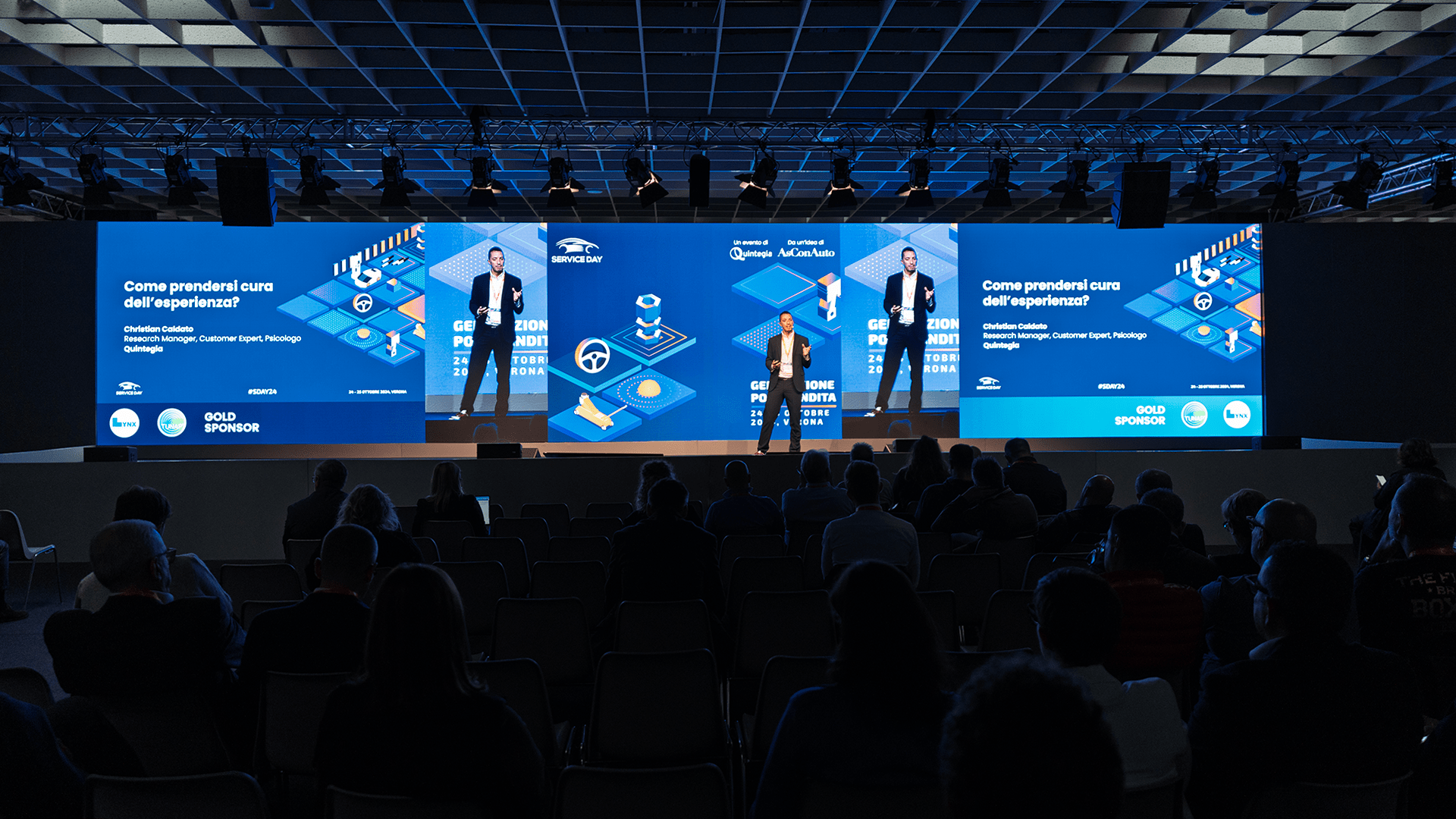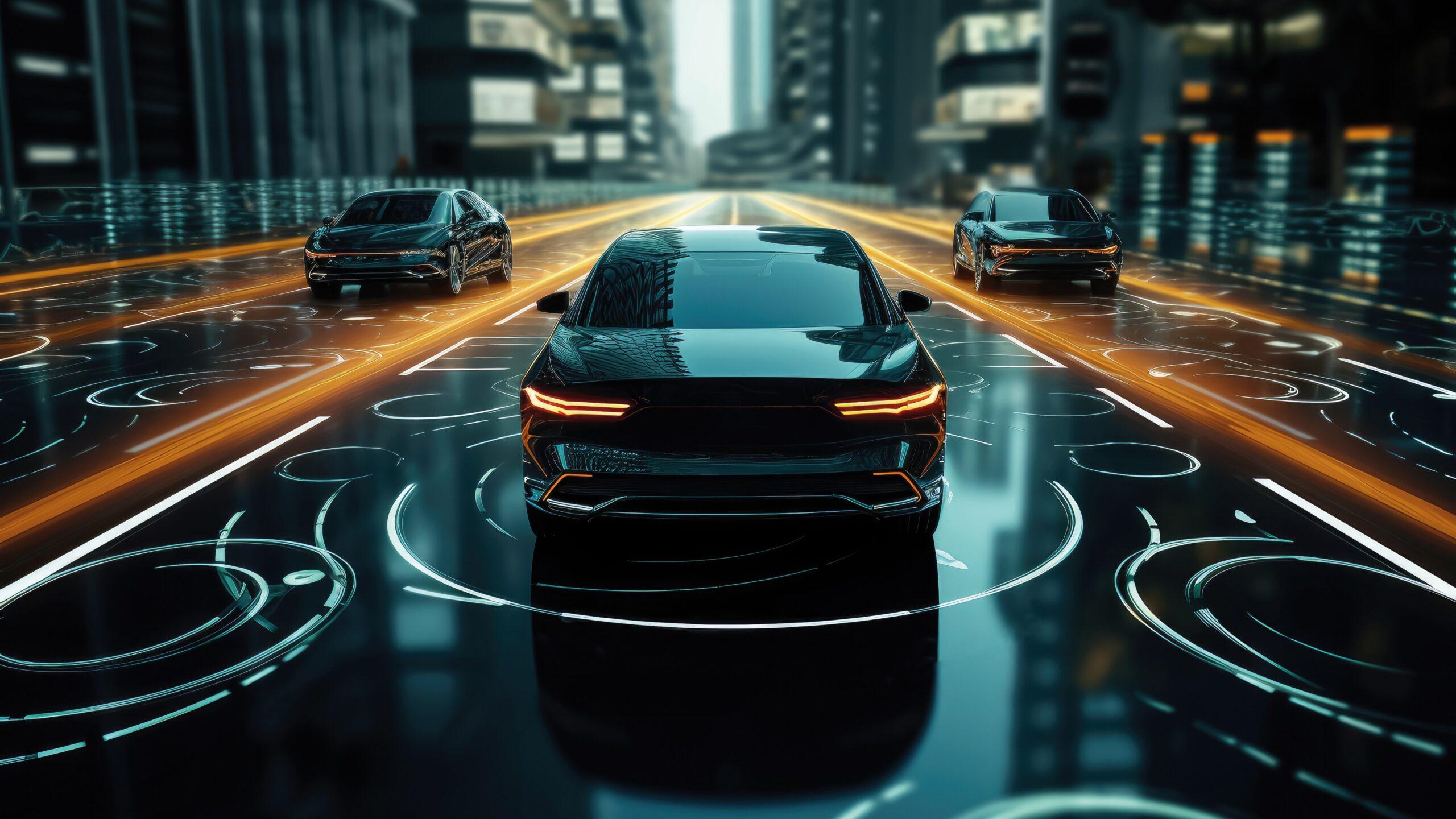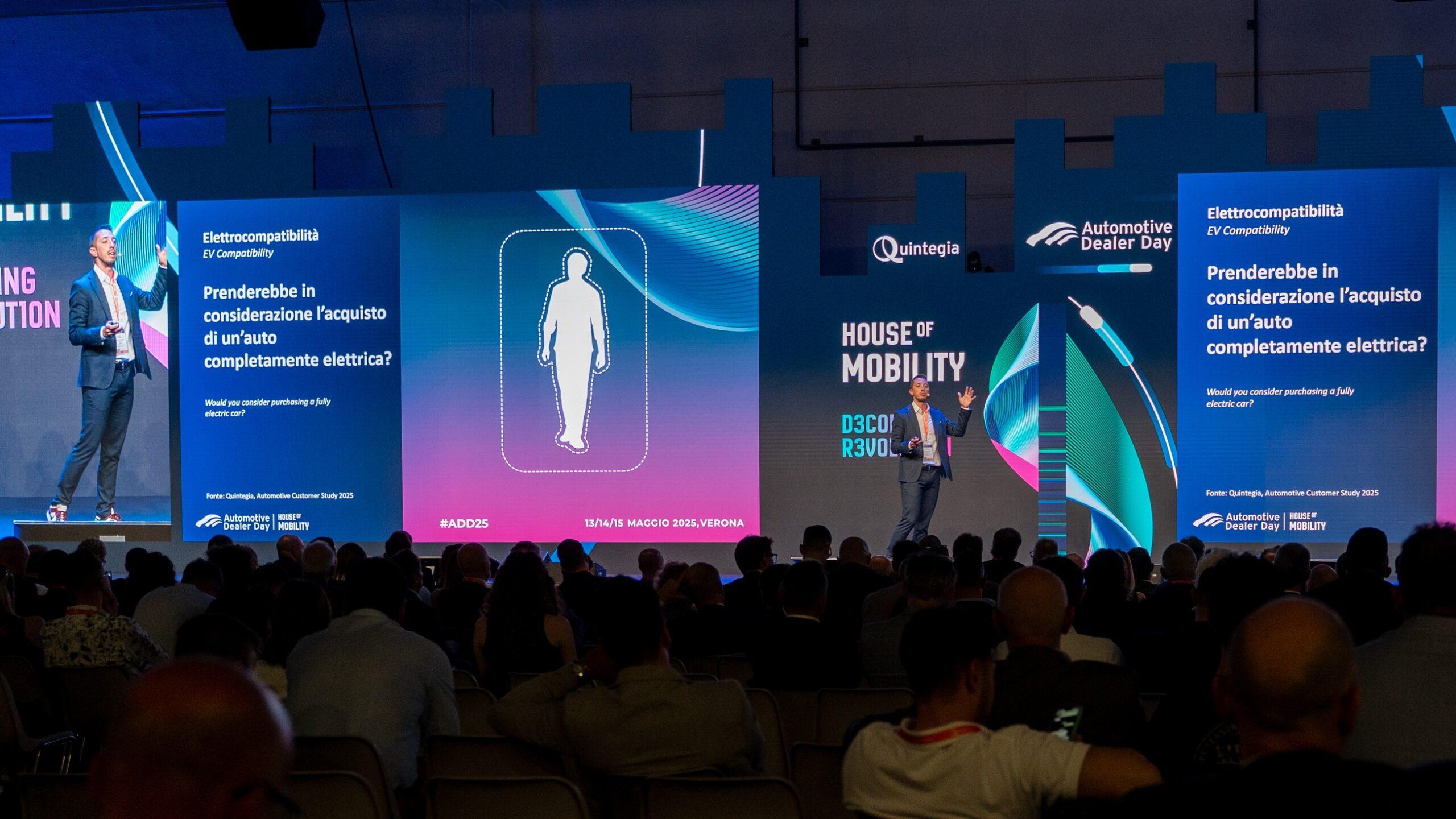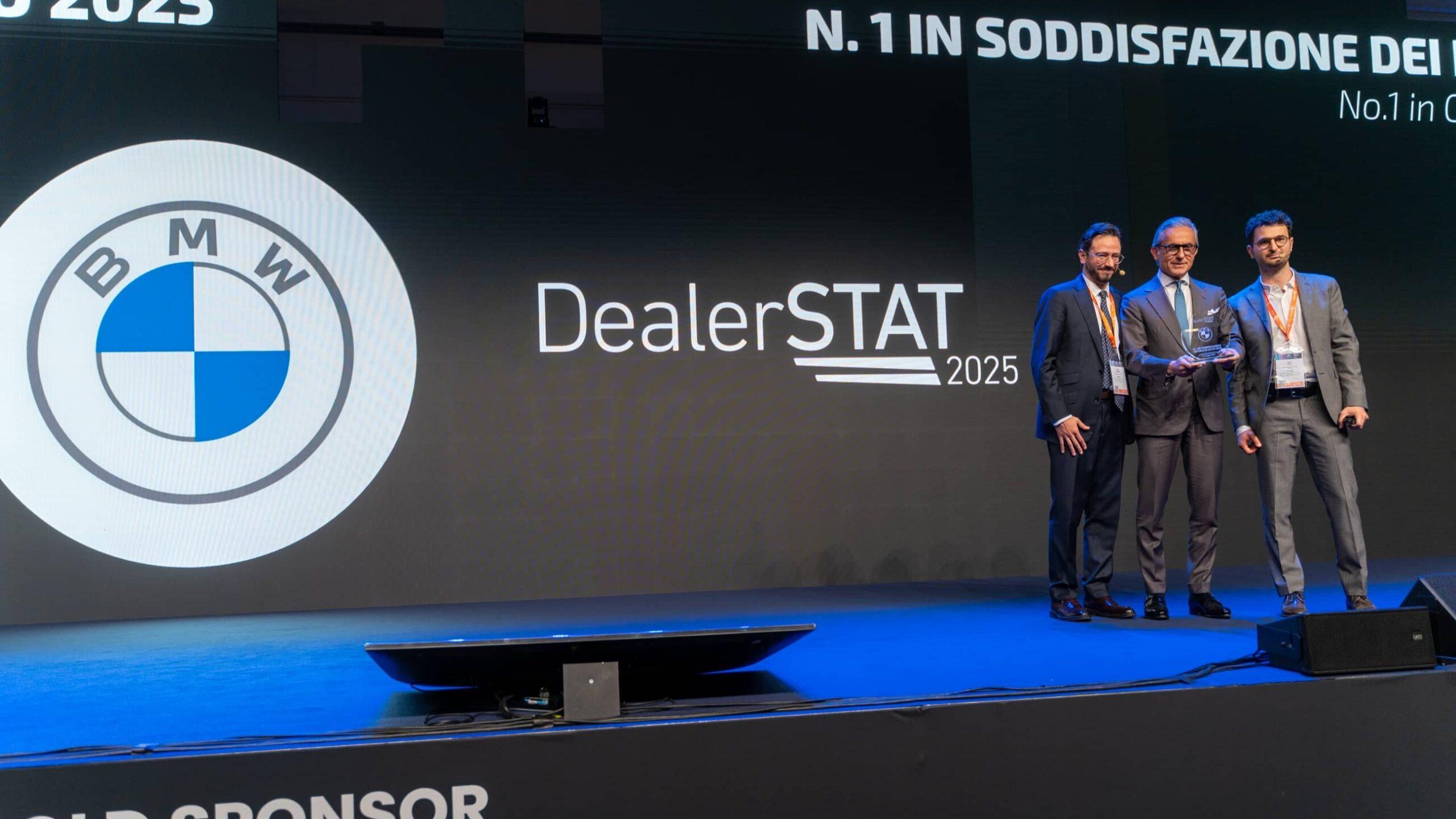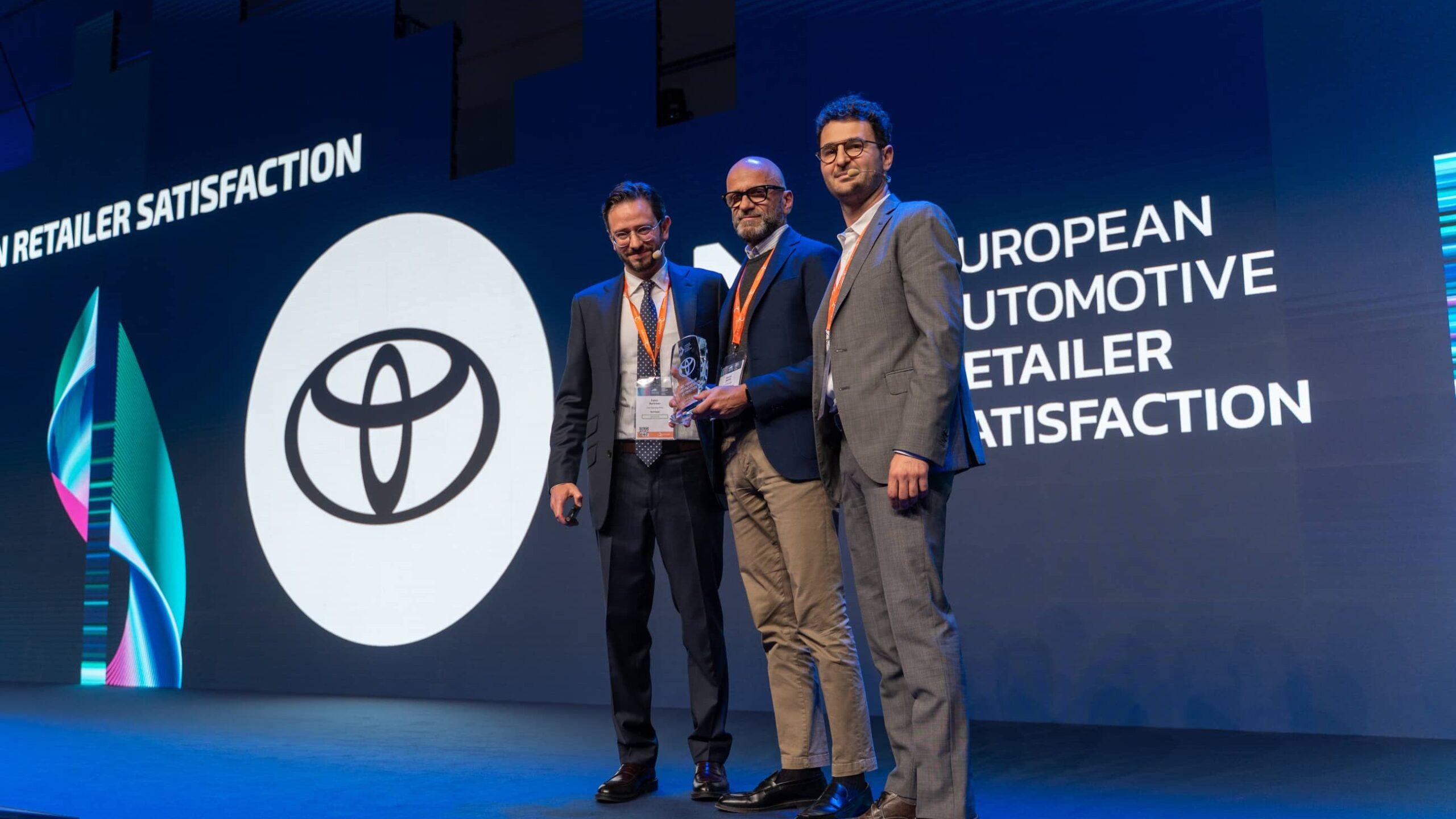In the Automotive Customer Study 2022 by Quintegia, a study on automotive consumer trends and attitudes, it emerged that there are five significant elements for the customer experience today: Responsibility, Experience, Service, Phygital, and Personalization.
Regarding Responsibility, Alberto Bet from Quintegia emphasized that 74% of the respondents pay attention to concrete actions taken by companies regarding social sustainability, and 85% regarding environmental sustainability when making purchasing decisions. Furthermore, 90% of over 4,000 surveyed customers want the dealership to be a place where they can experience the brand. The 66% would prefer the car to be explained by a product expert, while the remaining 34% by a salesperson. This raises questions about which roles are most suitable within the organization to cover the key moments of the customer experience. The dimension of Service is also crucial, with 64% of consumers preferring to turn to a dealer offering quality service rather than their trusted dealership (24%) or the one with the lowest prices (12%). Quality service today cannot disregard digital activity; for example, 63% of the sample considers it important to be able to book maintenance appointments online, and 52% want to check the availability of a car directly from the web. The 38% are interested in evaluating the online purchase of a car, but in 72% of cases, they would not give up the opportunity to test the vehicle first, and in 59% of cases, they would like to have a point of contact. All of this highlights how a Phygital orientation is increasingly essential for consumers.
Both in the physical and digital dimensions, Personalization should not be overlooked. Today’s customers no longer want a standard experience; they want to be listened to carefully so that they can have an experience that suits their real needs. On this aspect, 74% of dealers believe that providing a personalized experience to buyers is important, although only 30% believe they do it effectively. To bridge these gaps, it’s necessary to start with a data-driven culture and, above all, the ability to circulate acquired information within the company.
But an important aspect to consider when studying consumer behavior is generational differences. It is now recognized that people born at different times have profoundly different specificities and attitudes. At the Automotive Dealer Day 2022, Gioia Manetti of AutoScout24 focused on this theme and presented interesting results from a study conducted with Quintegia.
The Boomers (born between 1946 and 1966) and Gen X (born between 1967 and 1980) are the largest generations and represent the majority of car buyers. Business today is largely conducted with the older generations, but Gen Z (born between 1995 and 2010) is entering the world of automobiles, and understanding how to approach them is essential for the coming years.
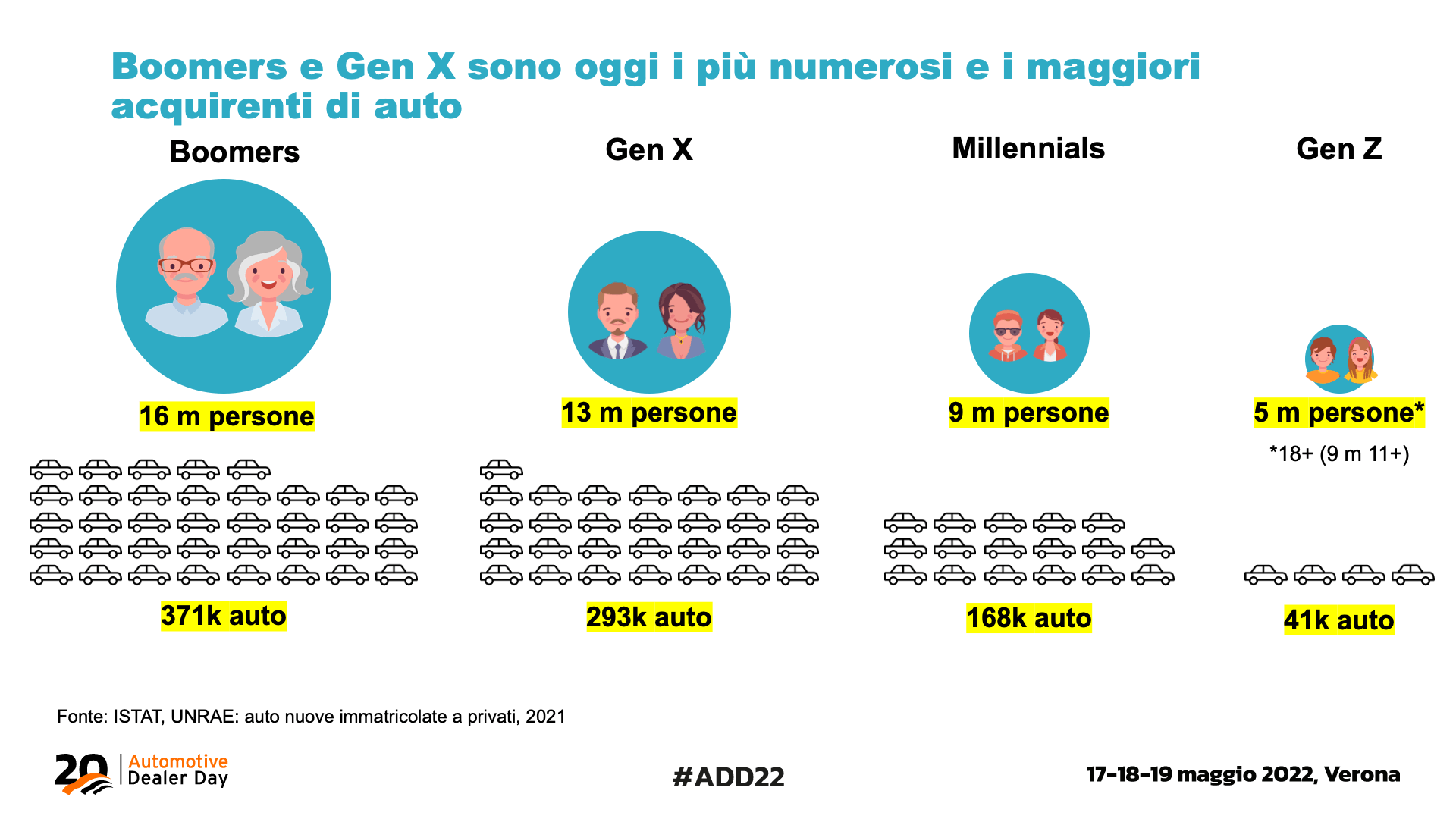
First and foremost, it’s important to understand their values and characteristics: Gen Z is highly inclusive, environmentally conscious, and always connected. People belonging to this generation prioritize practicality and a sense of community. But how do they differ in terms of their approach to car purchasing and mobility?
This generation is much more open to using various modes of transportation, but the car remains essential, even in terms of pleasure and engagement. In general, Gen Z members contribute to family decisions and are more likely to consider innovative technologies, broadening their options in terms of fuel types. Almost 4 out of 5 expect and want to purchase a car online, not necessarily for cost savings but for convenience. The study also investigated the Z consumer’s expectations regarding the dealership experience and compared the results with the perception of dealerships. It emerged that Gen Z is more attracted to the world of automobiles than dealerships might expect. Interest and passion are not lacking. Furthermore, young people believe that dealerships are prepared to meet their needs: which contrasts with the perception within the industry, which still needs to recognize its important role in supporting and guiding the purchasing process.
Considering this positive starting point, how can dealerships become even more engaging and effectively reach Gen Z? In addition to providing a fundamental omnichannel approach, dealers should offer online purchasing options that meet expectations for speed and convenience. It is also essential to create an experiential welcoming environment, where the sales network’s approach is informal, and dedicated offers are explained in a language that young people can understand. Flexible and clear purchasing options, genuinely tailored to their needs, should not be overlooked.

